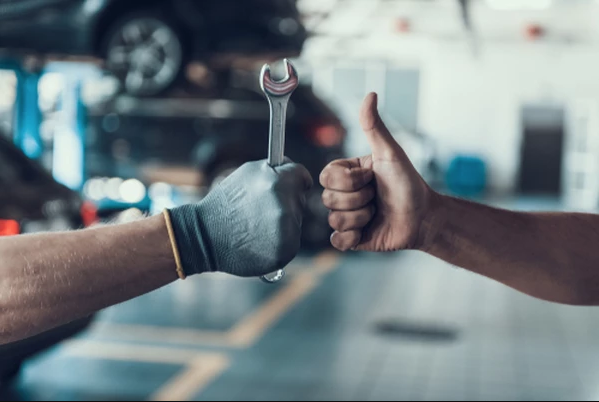Ears & Cars Are Not Created Equal

I’m an Adult Hearing Device specialist; it’s a subspecialty within Audiology on which I’ve focused my whole career. Why? I’ve found it’s the most rewarding and successful way to have a profound impact on my patients’ wellbeing and the relationships they have with the people they most care about.
Positive results occur quite quickly in many cases but for most patients, it’s an adaptive process with a significant period of adjustment. Considering the substantial neurological processes at play, first time hearing aid wearers should not expect to gain maximum benefit from their devices until they’ve worn them full-time for around three months.
If only ears were like car parts!
I really do wish our ears were like car parts. It would be so great if the worn and torn parts could be replaced with new ones and, just like that, we would hear better again. Problem is, it’s not that simple because the auditory pathways in our brains are far more complex than any car part, engine or supercomputer for that matter. Hearing loss is a progressive, degenerative disorder with neurological involvement. An adaptive process is needed to progressively acclimatise to renewed and more appropriate levels of stimulation.
Also, your brain needs time to relearn which sounds to filter out and which sounds to focus on. At home, you’re not likely to notice a ticking clock, air conditioner or refrigerator noise as they are there all the time and because they only add limited value, your brain learns to filter them out. The same thing will happen over time with full time hearing device use, leading to progressively improved filtration of unwanted background noise.
When you go to the gym, you can’t realistically expect to experience visible muscle growth within the first three months of working out for the first time. You will become stronger within the first three months with consistent training, largely as a result of stimulating your nervous system, but the definition may not be so visible in such a short space of time. Likewise, a broken arm that has been in plaster won’t get back to full strength overnight.
Our hearing system is quite similar in that regard. It simply takes time and consistent stimulation to experience increases in signal strength and processing speed sufficient to hear better in challenging situations. And in a patient with tinnitus (ringing in the ears), a similar timeframe is often required to achieve sustained relief.
I recall early in my career the company I was running offered overnight hearing device ‘trials’. In fact, if I recall correctly, we called them ‘test drives’, as you may do when car shopping. It was actually my idea and in retrospect, one of the biggest mistakes I’ve made in my 18 years as an Audiologist. The failure rate was unprecedented, with around 20% of patients simply overwhelmed by the fact that an acclimatisation period was required. Nowadays, with the benefit of decades of experience behind me, and a better grasp of the neurological literature, I make it a priority to ensure all my patients are clear about the fact that treating hearing loss is an adaptive process. Complete overnight success is just not physically realistic. I’ve found that the probability for success climbs exponentially once my patients understand that full time use over 1-3 months is necessary for acclimatisation because everything progressively feels more natural as your physiology adapts.
Though I’ve never had to act on it, I offer a 100% money back satisfaction guarantee at three months. Whist you can expect improvements straight away, it’s just not realistic to expect completely natural results and total comfort within this timeframe. However, the combination of full time use and today’s incredible technology means your chances of overcoming the challenges that brought you into the practice in the first place couldn’t be better.